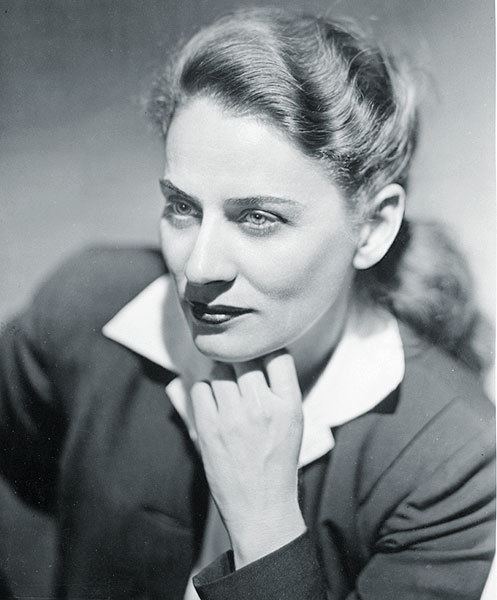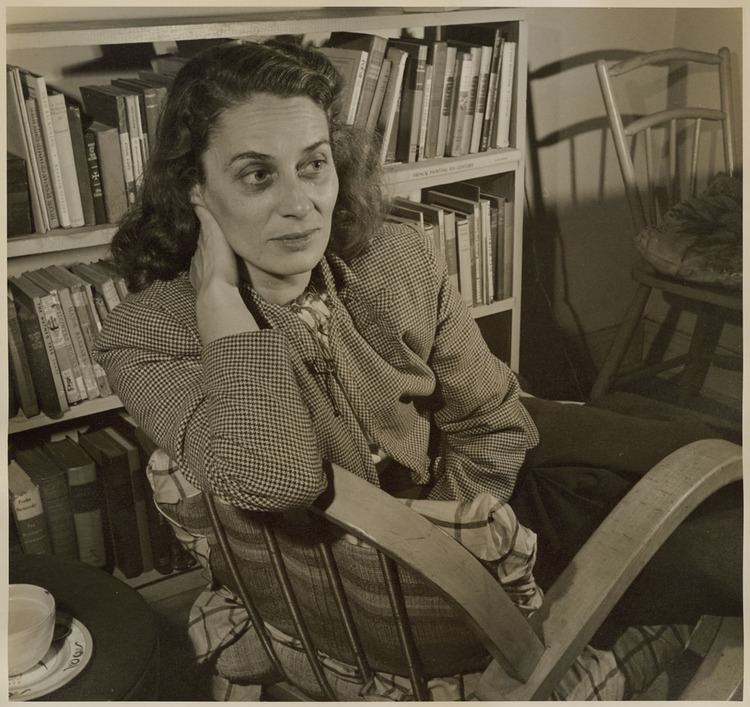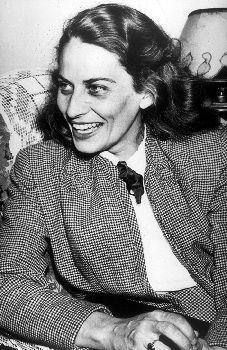Occupation novelist, Teacher Movies The Tin Flute Role Author | Name Gabrielle Roy Siblings Germain Roy | |
 | ||
Genre Canadian LiteratureChildren's literature Notable works The Tin Flute (Bonheur d'occasion), Street of Riches (Rue Deschambault), The Fragile Lights of Earth (Fragiles lumieres de la terre), Children of My Heart (Ces Enfants de ma vie) Spouse Marcel Carbotte (m. 1947–1983) Books The Tin Flute, Street of Riches, Children of My Heart, The road past Altamont, Where nests the water hen Similar People Claude Fournier, Andree Lachapelle, Isabeau of Bavaria, Christine de Pizan | ||
Literary movement CanLitFeminism | ||
Ecole Gabrielle Roy
Gabrielle Roy Quotes
Gabrielle Roy, (March 22, 1909 – July 13, 1983) was a French Canadian author.
Contents
- Ecole Gabrielle Roy
- Gabrielle Roy Quotes
- Biography
- Awards and recognition
- Schools in her name
- Selected writings
- References

Biography

Born in Saint Boniface (now part of Winnipeg), Manitoba, Roy was educated at Saint Joseph's Academy. After training as a teacher at The Winnipeg Normal School, she taught in rural schools in Marchand and Cardinal and was then appointed to Provencher School in Saint Boniface.

With her savings she was able to spend some time in Europe, but was forced to return to Canada in 1939 at the outbreak of World War II. She returned with some of her works near completion, but settled in Quebec to earn a living as a sketch artist while continuing to write.

Her first novel, Bonheur d'occasion (1945), gave a starkly realistic portrait of the lives of people in Saint-Henri, a working-class neighbourhood of Montreal. The novel caused many Quebeckers to take a hard look at themselves, and is regarded as the novel that helped lay the foundation for Quebec's Quiet Revolution of the 1960s. The original French version won her the prestigious Prix Femina in 1947. Published in English as The Tin Flute (1947), the book won the 1947 Governor General's Award for fiction as well as the Royal Society of Canada's Lorne Pierce Medal. Distributed in the United States, where it sold more than three-quarters of a million copies, the Literary Guild of America made The Tin Flute a feature book of the month in 1947. The book garnered so much attention that Roy returned to Manitoba to escape the publicity.
There are two French versions of Bonheur d'occasion. The first was published in 1945 by Société des Éditions Pascal in two volumes. This version was translated in 1947 by Hannah Josephson, who removed several short passages from the English version. In 1965, Librairie Beauchemin published an abridged French version eliminating a number of passages. This second version was translated by Alan Brown in 1980. As a result, there has never been an unabridged version of The Tin Flute published in English.
In August 1947, she married Marcel Carbotte, a Saint Boniface doctor, and the couple set off for Europe where Carbotte studied gynecology and Roy spent her time writing.
Another of her novels brought additional critical acclaim. Alexandre Chenevert (1954), is a dark and emotional story that is ranked as one of the most significant works of psychological realism in the history of Canadian literature.
There is a quotation by her on the back of the Canadian $20 bill that reads: "Could we ever know each other in the slightest without the arts?"
She is considered by many to be one of the most important Francophone writers in Canadian history and one of the most influential Canadian authors. In 1963, she was on a panel that gave the Montreal World's Fair, Expo 67, its theme: Terre des hommes or in English Man and His World. It was her suggestion to use Antoine de Saint-Exupéry's 1939 book title as the organizing theme.
Gabrielle Roy died in 1983 at the age of seventy-four. Her autobiography, La Détresse et l'enchantement, was published posthumously and translated in 1984 by Patricia Claxton, a prominent Quebec translator who is considered the primary translator of Gabrielle Roy's works from French to English. Her translation of Gabrielle Roy's autobiography, translated into English as Enchantment and Sorrow was awarded the Governor General's Award in 1987. The autobiography covers the years from Gabrielle Roy's childhood in Manitoba to the time when she settled in Quebec. The movie Tramp at the Door is dedicated to her and supposedly depicts her childhood. Patricia Claxton won her second Governor General's Award in 1999 for translating François Ricard's biography of Gabrielle Roy.
Awards and recognition
She won the Governor General's Award three times, the Prix David twice, the Prix Duvernay and the Molson Prize.
The National Library of Canada has preserved a collection of her materials covering the years 1940 to 1983, including manuscripts, typescripts, galleys of published and unpublished works such as La Rivière sans repos, Cet été qui chantait, Un jardin au bout du monde, Ces enfants de ma vie, and La Détresse et l'enchantement, as well as business and personal correspondence, business records, and memorabilia.
